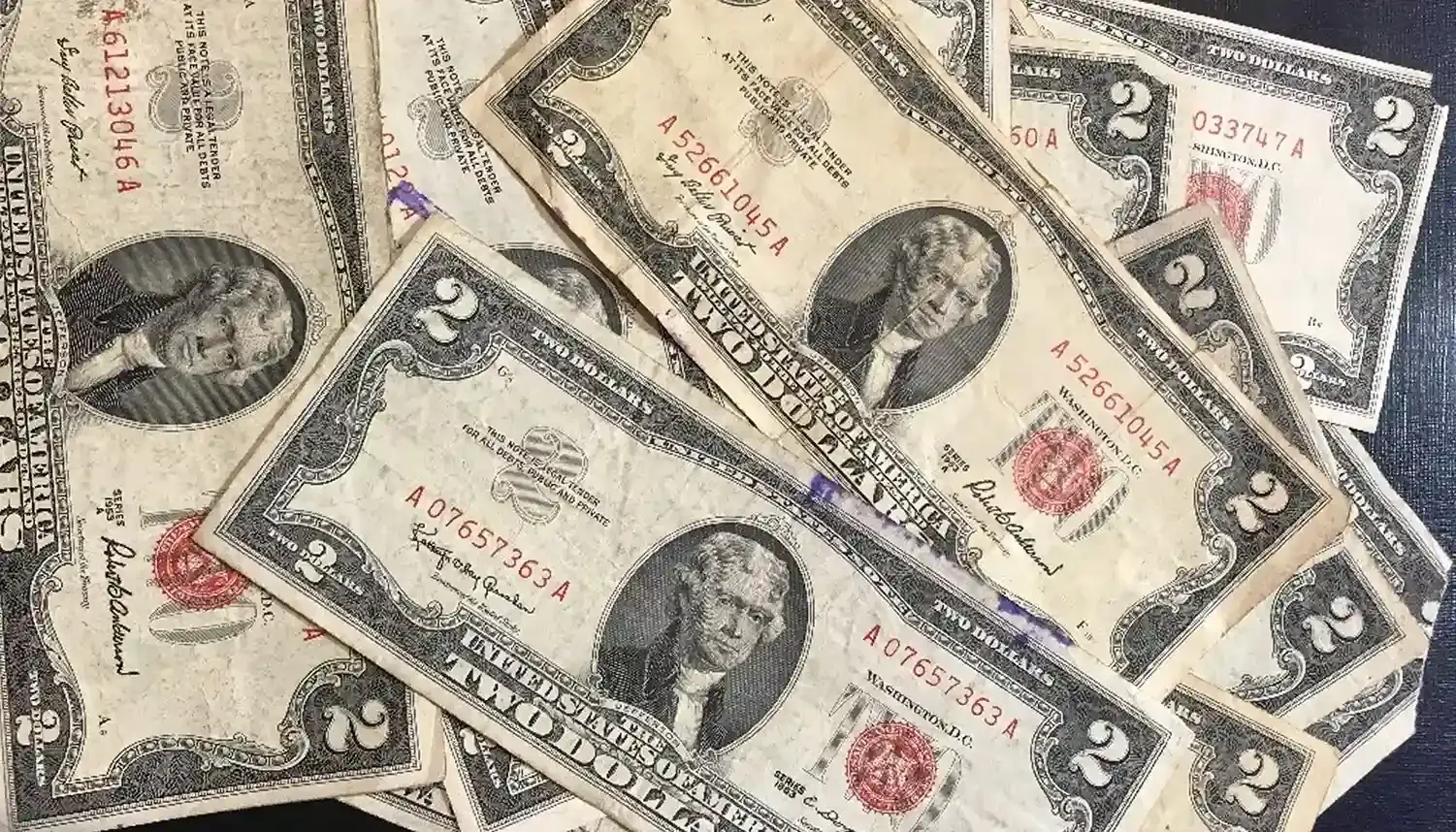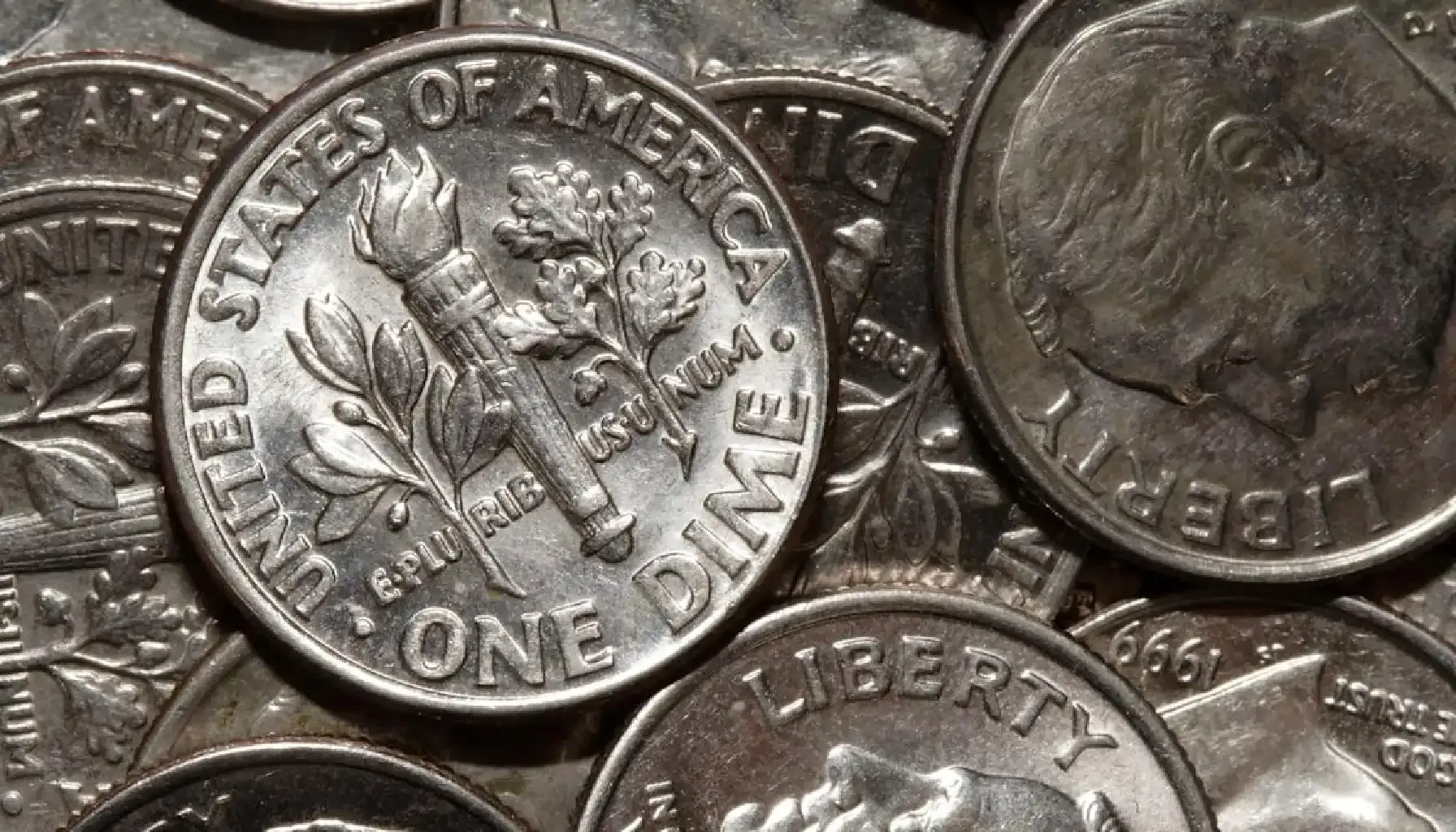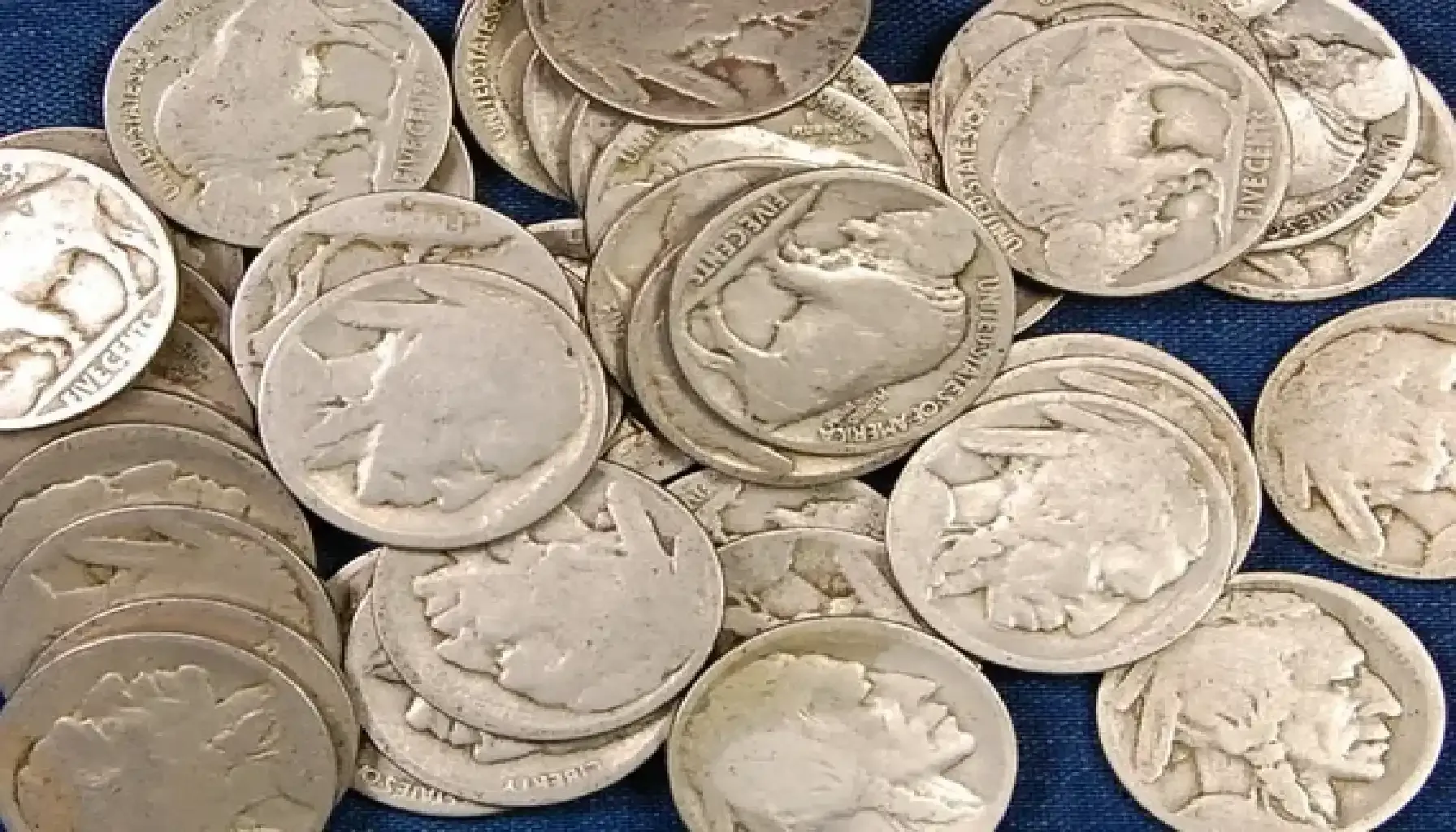Contents:
When it comes to mid-20th-century U.S. coinage, few coins are as deceptively simple—and potentially surprising—as the 1952 Jefferson nickel. For most people, it’s just an old five-cent coin that occasionally pops up in pocket change. But understanding the true 1952 Jefferson nickel value means digging deeper into mint marks, grades, and minting errors—some of which can dramatically elevate a coin’s market price.
In this guide, we’ll uncover the nuances behind the value of a 1952 nickel. From standard circulation issues to rare varieties and valuable mint errors, each detail could unlock unexpected worth hiding in plain sight. Whether you're a dedicated numismatist or a casual coin roll hunter, understanding ‘is a 1952 nickel worth anything?’ can bring you true fortune.
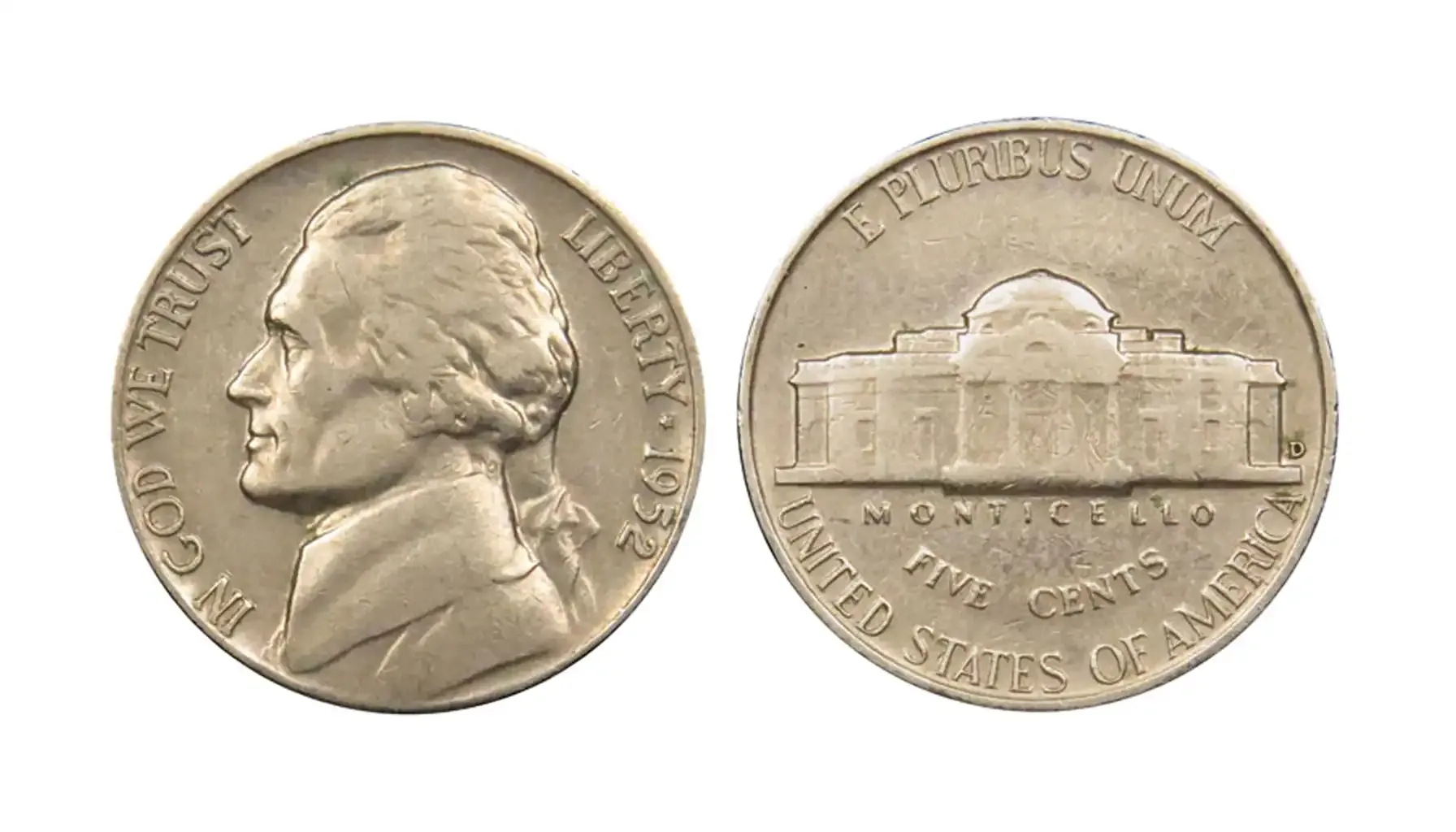
What Determines the 1952 Nickel Value Today?
To check value of coins, you should never focus on a single factor—it’s a combination of physical condition, mint origin, and often the presence of unique traits or flaws. Here's what specifically affects the value of 1952 nickel:
Mint Mark (Location of Production)
The mint mark shows where the coin was struck. In 1952, Jefferson nickels were produced in:
Philadelphia (no mint mark)
Denver ("D" mint mark)
San Francisco ("S" mint mark)
Coins from different mints have different production quantities, which impacts rarity and desirability.
Where is the mint mark on a 1952 nickel, you may ask. Search for it on the reverse side of the coin, specifically near to the rim, at the right of Monticello, just below the “E” in “E PLURIBUS UNUM.”.

Condition / Grade
Grading refers to how well-preserved the coin is. Coins graded from MS60 to MS67 (Mint State) are generally more desirable, especially if they feature Full Steps (FS) detail on Monticello—the building depicted on the reverse.
Full Steps Designation (FS)
This designation is reserved for coins with sharp, uninterrupted step detail on Monticello. FS coins are much scarcer and command significantly higher prices, especially in upper Mint State grades.
Errors and Varieties
Misstrikes, planchet issues, and other production anomalies — there is a long 1952 nickel error list, and coins from it are much more valuable ones. These are often the most lucrative finds for collectors.
Advice: Check out the list of most valuable Jefferson nickels to see what kinds of coins sell for thousands of dollars.
Regular Issue 1952 Nickels: Mint Marks and Values
Let’s take a look at the mintage numbers and value ranges for the standard 1952 Jefferson nickels from each mint. While circulated nickel 1952 value around 10–30 cents with any mint mark, top-condition examples can fetch hundreds or even thousands.
Regular 1952 Nickels Worth Money: Mint Mark Comparison
Mint Location | Mint Mark | Mintage | Value (Circulated) | Value (High Grade / FS) |
Philadelphia | None | 63,988,000 | $0.10 – $0.30 | Up to $1,850 (MS67+), $8,150 (MS66+ FS) |
Denver | D | 30,622,000 | $0.10 – $0.30 | Up to $2,000+ (MS66+ FS) |
San Francisco | S | 20,572,000 | $0.10 – $0.30 | Up to $8,800 (MS66+ FS) |
Note for history lovers: check out Jefferson nickel mintages and values by year in this article to compare 1952 with other versions.
Special Issue: 1952 Proof Nickels
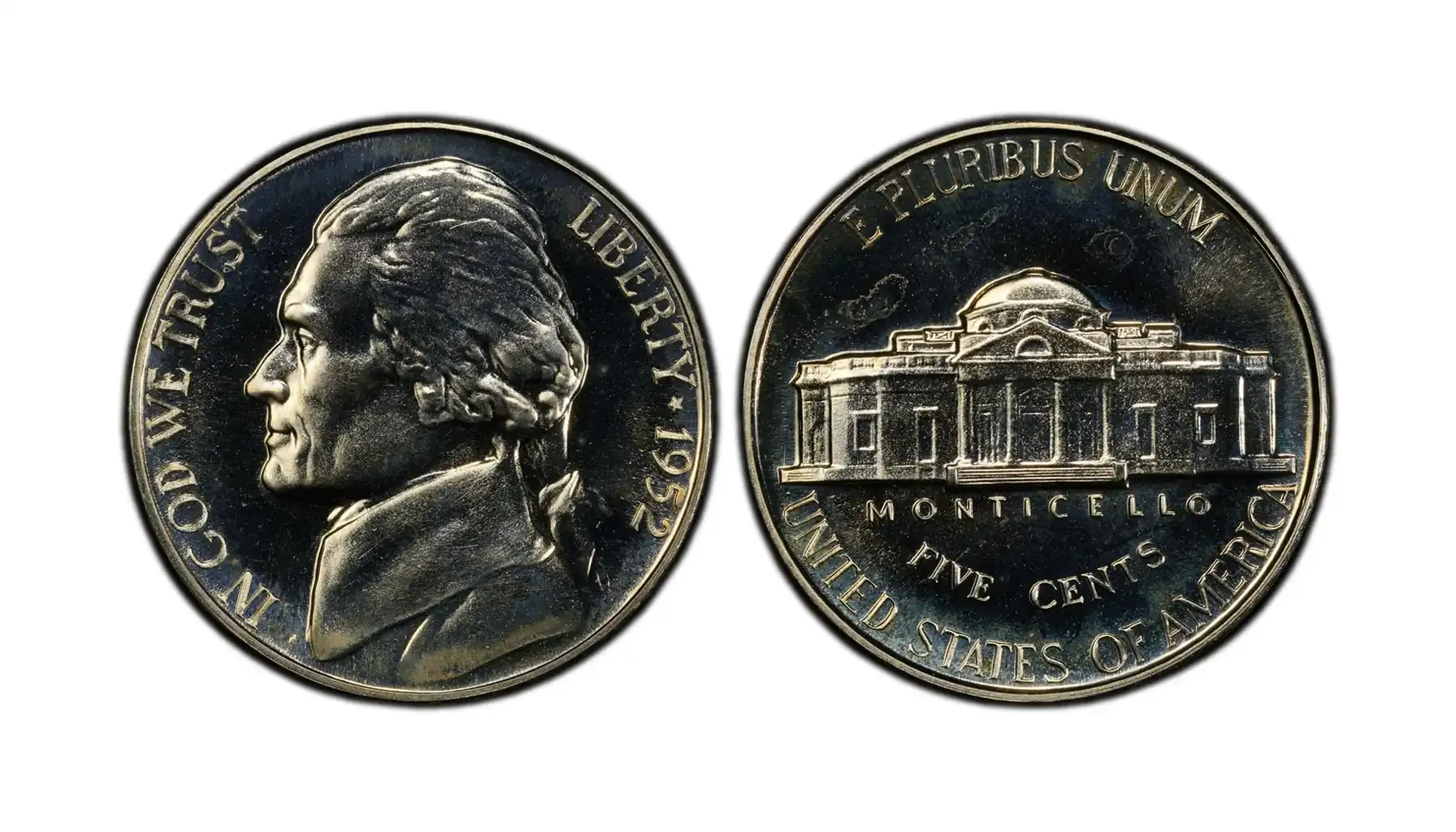
Proof nickels were struck in Philadelphia (no mint mark), with a mintage of just 81,980. These coins were made specifically for collectors and were not released into general circulation.
Top-tier 1952 nickel value no mint mark (PR69 Deep Cameo) have fetched $12,000 to $14,950 at major auctions.
These proof coins stand apart due to their mirror-like finish and meticulous production. However, they are rare in the wild and usually found only in established collections or estate finds.
Key Takeaways for Regular Issues
Most circulated 1952 no mint mark nickel coins are only worth their face value or a small premium.
High-grade coins, especially with Full Steps, are rare and command substantial premiums.
1952 S nickel value (San Francisco mint mark) in Full Steps condition is particularly high after due to its low mintage and grading difficulty.
Rare and Valuable 1952 Nickel Errors
While regular 1952 nickel no mint mark value is not high, as the coin is easy to find the real excitement in numismatics often comes from error coins—pieces that left the mint with unintentional yet highly collectible flaws. These anomalies range from striking mistakes to planchet misapplications, and they often fetch much higher prices at auction due to their rarity and visual appeal.
Let’s explore the most notable 1952 nickel errors and how much they’ve sold for in recent years.
Notable 1952 Nickel Errors and Market Values
Error Type | Description | Grade | Auction Price |
Double Struck 90% Off-Center | Coin was struck twice, with one strike significantly off | MS62 | $190 |
Struck on a Dime Planchet | Jefferson nickel design struck on a smaller silver dime blank | AU55 | $470 |
Struck on a Penny Planchet | Coin struck on a copper cent planchet, resulting in red tone | MS63 BN | $600 |
Clamshell Lamination | Planchet split partially open like a clamshell | F15 | $35+ |
Split After Strike (Two Pieces) | Coin cracked and separated after being struck | XF40 (pair) | $322 |
Broadstruck (Cleaned) | Coin struck outside collar, giving it a stretched appearance | MS60 | $70 |
Re-engraved Obverse Proof (FS-401 to FS-404) | Modified dies on proof coins create subtle variations | Varies | $378–$1,850 |
Tips for Spotting Errors
Off-center strikes are easy to spot—part of the design will be missing or shifted.
Wrong planchet strikes (e.g., on a penny or dime) often look lighter or have incorrect color/weight.
Lamination issues and splits may resemble cracks or peeling metal.
Re-engraved dies require a trained eye or magnification, but third-party grading services can help confirm their authenticity.
Errors dramatically raise a coin’s appeal because they introduce rarity into an otherwise common series. Even if the base coin has low value, the error itself is the real prize.
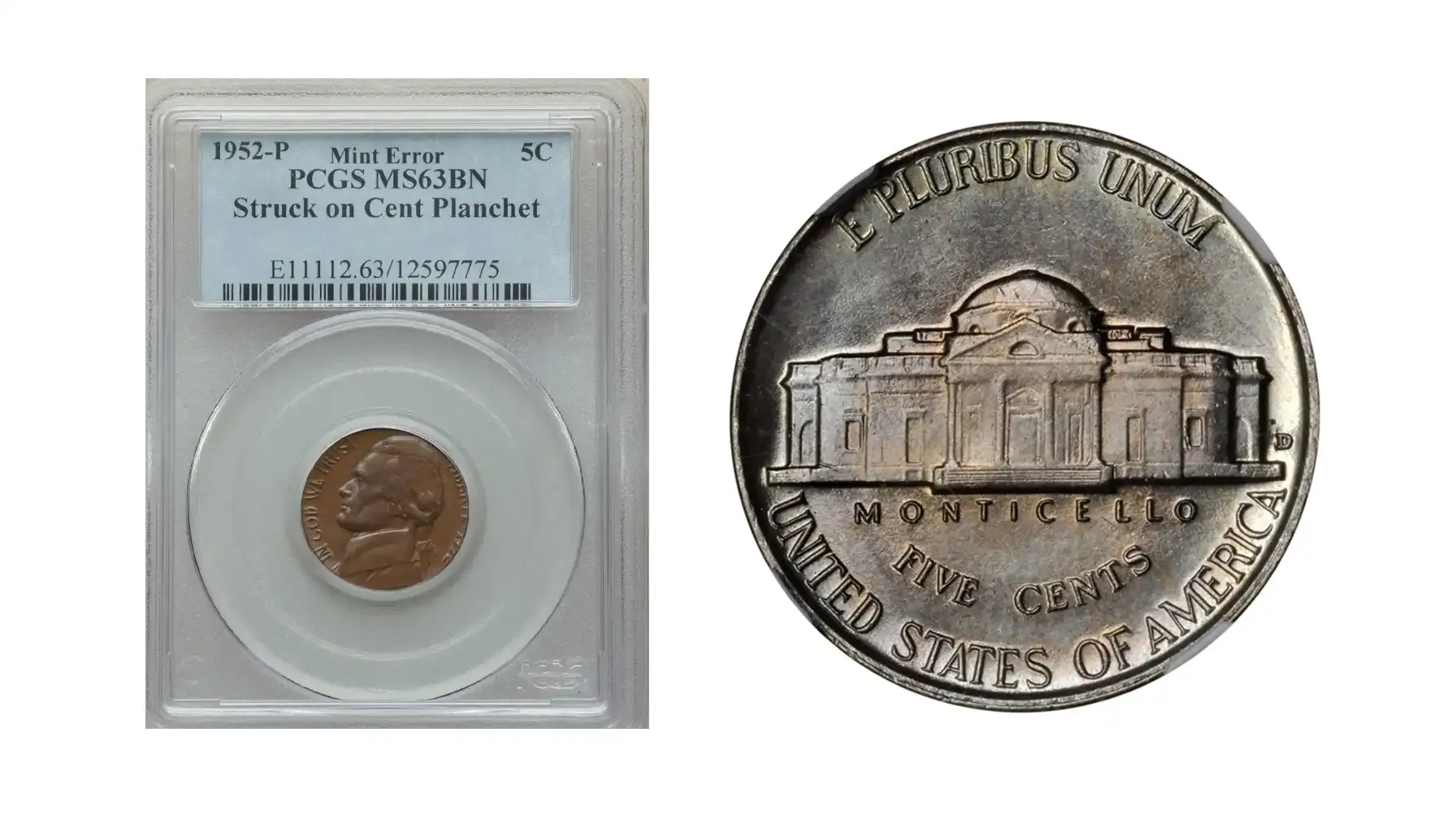
Collecting Strategy: Combine Mint Mark + Error + Grade
If you’re evaluating how much is a 1952 nickel worth in your pocket—or buying from auctions or dealers—keep this order of operations in mind:
Check the Mint Mark: Prioritize S and D for higher rarity potential.
Examine Condition: Look for minimal wear or signs of uncirculated quality.
Inspect for Full Steps: Use a 5x or 10x magnifier to count the steps on Monticello.
Look for Errors: Odd weight, strange coloration, or design shifts can signal a valuable anomaly.
While you may also wonder ‘Is a 1952 nickel silver? Is the melt price of it high?’, the answer will be 100% no. Finding it is impossible, as only silver nickels were released during the wartime in 1942-1945. If someone tells you about a 1952 nickel silver for sale, the info might not be true, so be patient.
Grading and the Importance of Full Steps
Grading is the cornerstone of determining a coin's market value. For Jefferson nickels—especially the 1952 series—grading goes hand in hand with the “Full Steps” designation, which can turn an ordinary nickel into a premium collectible.
Understanding Full Steps (FS)
On the reverse side of the Jefferson nickel, Monticello’s staircase serves as a grading hallmark. If five or six of these steps are fully struck and show no interruptions, the coin can be labeled with the “Full Steps” (FS) designation. This detail is rare because it requires a perfect strike and an unblemished die.
PCGS and NGC, the two major grading companies, recognize and label FS coins.
FS coins are significantly rarer than their non-FS counterparts, even in the same grade.
For example:
A 1952-S in MS66 might sell for $300–$500.
A 1952-S in MS66 FS could exceed $8,000 due to its rarity.
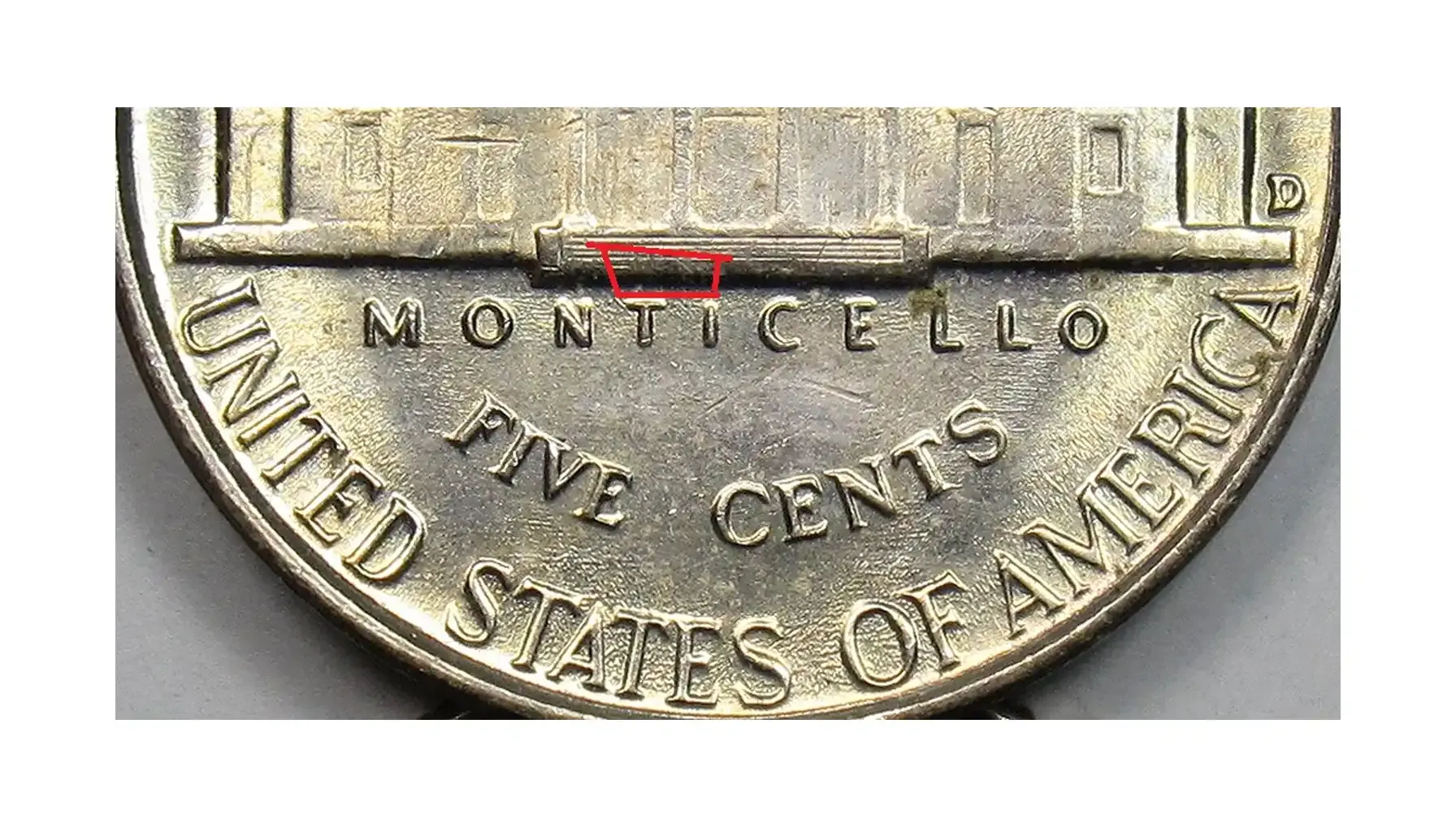
Tools for Identifying FS and Grading
To determine whether your 1952 nickel qualifies for FS or a high Mint State grade:
Use a 5x–10x loupe or a digital microscope to inspect Monticello’s steps.
Compare with reference images from PCGS, NGC, or collector resources.
Check for die wear or strike weakness that can interrupt the step definition.
If you suspect your coin could qualify for FS or is in superb condition, professional grading is strongly recommended to understand what is a 1952 nickel worth. Not only does it authenticate your coin, but it also maximizes resale value and buyer trust.
Related article: 1939 Nickel Value. Learn more about this coin’s design history!
Protecting and Evaluating Your 1952 Nickels
Once you’ve identified a valuable 1952 nickel—either by mint mark, Full Steps, or error—the next step is preservation and potential appraisal.
Best Practices for Protection:
Store in acid-free holders or certified slabs.
Avoid touching the surface—hold coins by the edges only.
Keep in a climate-controlled environment to prevent tarnish or corrosion.
Evaluation Tools:
Use the coin identifier app for free to compare your coin with known varieties, prices, and grading benchmarks.
Join collector forums or attend local coin shows to get real-world insights and dealer evaluations.
For coins of potential high value (errors, MS67+, FS), submit them to PCGS or NGC for professional certification.
The 1952 Jefferson nickel may seem unremarkable at first glance, but its hidden potential lies in mint marks, pristine condition, and rare errors. While circulated examples are worth only a few cents, coins with Full Steps or documented minting errors can bring in hundreds or even thousands of dollars.
If you're sifting through your change jar, browsing estate lots, or revisiting an inherited collection, always keep these points in mind:
Check for the mint mark—especially San Francisco (S) and Denver (D).
Examine condition and step detail—the sharper the strike, the better.
Look out for anomalies—error coins tell a fascinating story and hold serious value.
Use tools like Coin ID Scanner to identify varieties, assess condition, and compare with recent auction prices.
What seems like just another nickel could be a hidden gem. With the right knowledge and a sharp eye, your next 1952 find might surprise you.

